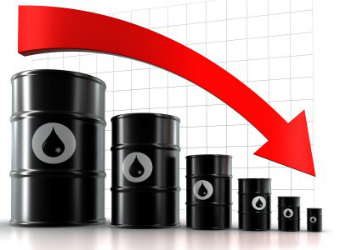Oil prices edged lower on Monday in early Asian trading, pausing for breath after posting gains of as much as 20 percent in the third quarter, after a survey pointed to a slight increase in OPEC production in September.
U.S. crude was down twocents at $51.65 a barrel at 0057 GMT. The U.S. benchmark on Friday posted its strongest quarterly gain since the second quarter of 2016 and the longest streak of weekly gains since January.
Global benchmark, Brent crude for December delivery, was down 6 cents at $56.73 a barrel. On Friday, Brent for November delivery closed 13 cents higher at $57.54 a barrel, notching up a third-quarter gain of around 20 percent, the biggest gain in five quarters. It was the biggest third-quarter increase since 2004.
The contract reached its highest in more than two years early last week, and posted its fifth consecutive weekly gain. It was Brent’s longest weekly bull run since June 2016.
The price gains have been supported by anticipated demand from U.S. refiners resuming operations after shutdowns due to Hurricane Harvey.
But oil output from the Organisation of Petroleum Exporting Countries (OPEC) rose last month by 50,000 barrels per day (bpd), a Reuters survey found, as Iraqi exports increased and production edged higher in Libya, one of the producers exempt from a deal to curb output and support prices.
Middle Eastern oil producers are concerned the recent price rise will only stir U.S. shale producers into more drilling and push prices lower again.
U.S. energy companies added oil rigs for the first week in seven after a 14-month drilling recovery stalled in August, energy services firm Baker Hughes said on Friday.
Drillers added six oil rigs in the week to September 29, bringing the total count up to 750. Source: Reuters
Source: Reuters


